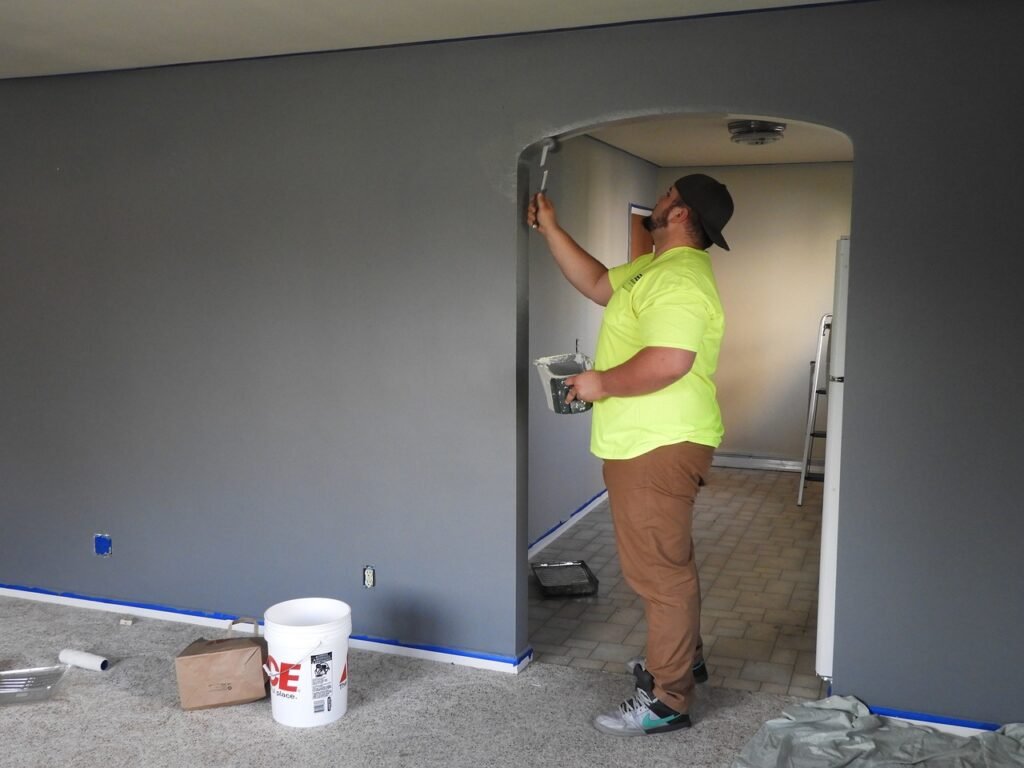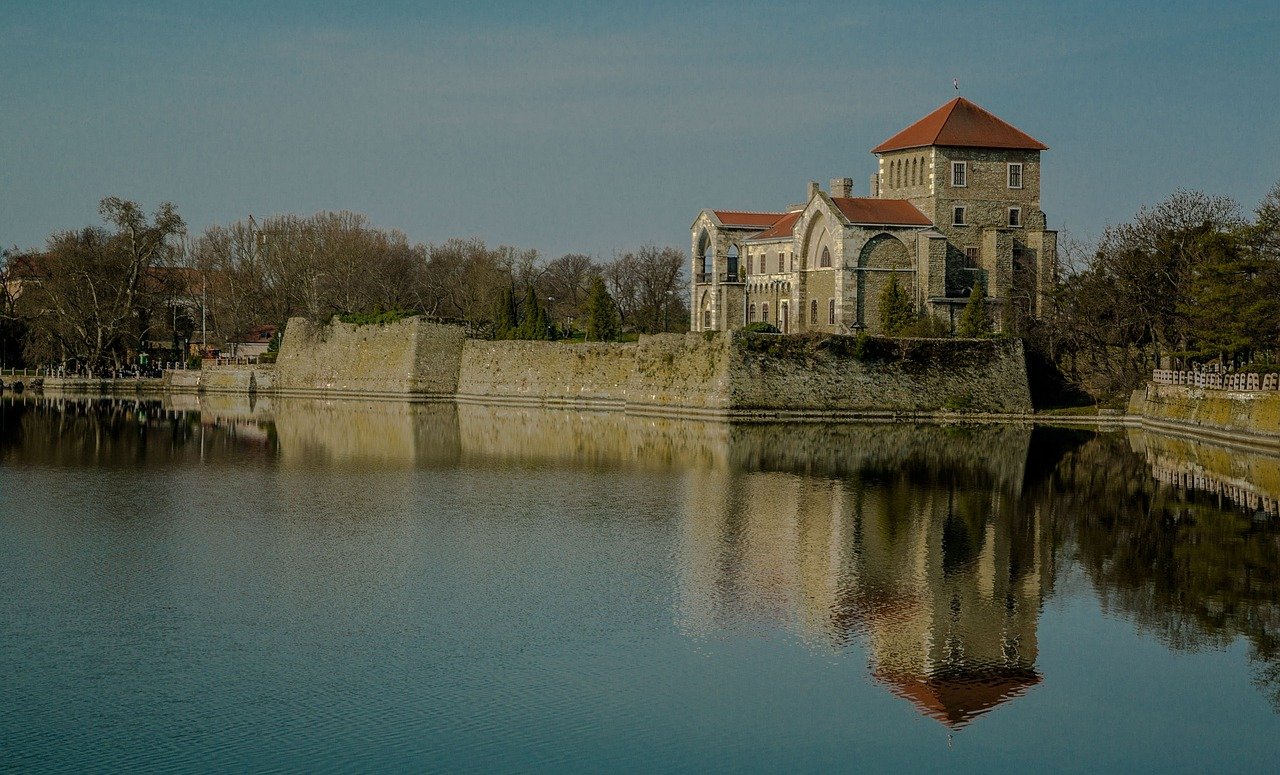Are you due for a home renovation? Sustainable considerations should be at the top of your list-whether it is a refreshing finish for your kitchen, an ADU (Accessory Dwelling Unit) addition, or a complete remodel of your house. Eco-friendly choices would not only ease some pressure off Mother Earth but also pocket you some money later on. Cutting energy losses, reducing wastage-there are multiple ways to make your renovation sustainable. So, here are some expert tips and easy alterations toward a greener house renovation.

Why Sustainability Is Important in Home Renovation
If by now you consider yourself to be on a sustainable path-recycle, drive a hybrid car, use a reusable straw-then it may surprise you to find out that your home is one of the biggest footprints to your carbon emissions. Not just energy use; the environmental effects of what materials you choose and the waste management practices undertaken in a renovation can also be quite significant.
Home renovations are just another way to offset the carbon footprint of the house. If you are doing just some simple updates or a full remodel, there are ways to ensure that what you are doing will have a positive impact on your home and the environment. Let us take a closer view of how to get started.
- Reduce Material Waste
One of the main enemies to the environment during renovation is material waste. In most cases, people demolish existing structures and replace, not re-use, existing fixtures with new ones and just dump everything in a landfill. While there are some acceptable options, it’s better for the environment to salvage the old materials or donate them to others.
Consider donating any gently used appliances, cabinets, or fixtures. There are places such as Habitat for Humanity’s ReStores and Facebook groups from your local area that connect you with others who may want to repurpose or reuse your old items. This further means keeping the stuff away from the landfill and helping someone else with a cheaper alternative.
Again, salvage yards accept old flooring, tiles, and wood that can be utilized in new construction projects. Additionally, every donation or reuse will reduce the carbon footprint of your renovation. - Carry Out a Home Energy Audit
To be truly serious about sustainability in your home, energy reduction is fundamentally all-important. One of the very first things you should do is to conduct a home energy audit. Specialists come to your premises and tell you where energy is being wasted-whether it is through poor insulation, old appliances, or inefficient windows. An audit will uncover problem areas and aid in the assessment of which upgrades will help the most with lowering energy bills.
For instance, a faulty HVAC system consumes more energy than that with an Energy Star rating, which specifies minimum energy consumption for normal heating and cooling of your home. Such modifications lower energy bills, significantly decreasing carbon emissions in the long run. - Select Environmentally Conscious Materials
Wherever possible, replacement of fixtures or materials should consider some sustainable alternatives. For example, if windows are being installed, energy-efficient double-pane glass is worth investing in, as it prevents much of the winter heat from leaving and much of the summer cool air from entering. Hence, these become an investment for better insulation and lower energy losses for your home.
Another simple upgrade is plumbing fixtures. While low-flow toilets and faucets would greatly reduce water consumption, some energy-saving toilets now use as little as 0.6 gallons per flush rather than the standard 1.6 gallons. The savings become increasingly substantial over time when one contemplates the effect on water bills.
Don’t stop at the standard hardwood flooring for something that is more-green; consider bamboo or cork, which are hard as well as stylish. Some recycled materials such as reclaimed wood and glass tiles would serve your good purpose as well.
Solar Investment.
Solar energy won half the battle in reducing the carbon footprint of your home. The solar panels are priced more than 70 percent lower than they were ten years back, thus available more than ever for the common man. Solar energy would mean lesser dependency on fossil fuel and, in the long run, lesser electricity bills.
According to the Solar Energy Industries Association, solar installations can add up to $5,900 to a home’s worth for each installed kilowatt. Hence, solar energy remains one of the greatest alternatives to improve home sustainability and grid independence. - Design Considering Passive Heat Preservation
Should you be making an addition or contemplating redesigning your house, it is good to consider passive solar home design principles. This design principle makes the best use of the sun’s heat and light for enhancing heating and cooling needs. For instance, a window layout to allow winter sunlight to freely penetrate will reduce the necessity of artificial light and heat.
Thermal massing can also be applied through concrete and bricks that absorb heat during the day and release it during the night, helping to regulate comfort levels. This nature-oriented building design will save energy and create a comfortable home. - Air Sealing
Air sealing may not be the fanciful solution; however, it is one of those measures that cost very little and show maximum returns as far as energy conservation for sustainability is concerned in your house. Air sealing with caulking and weather-stripping keeps conditioned air from escaping through gaps and cracks in the walls or around the windows and doors, hence reducing the load in HVAC.
This simple procedure can reduce about 15% in heating and cooling costs. It is a very inexpensive way to improve the energy efficiency and comfort of your home without massive renovations. - Go Smart
When it comes to applying energy efficiency, home automation is not just about convenience. Smart homes utilize connected devices that can be controlled remotely via smartphone, thus enabling monitoring and adjustment of energy use. A smart thermostat, for instance, learns about your routines and sets the temperature in your home based on it, so energy is not wasted when it is not needed.
You can also reduce energy use through smart lighting. Lights can be controlled through the phone or mobile app to verify nothing is left on unnecessarily; motion sensors and timers help ensure lights are on only when they are strictly needed.
Financing Your Sustainable Renovation
We all know it can be tough financing a renovation, especially one with lots of sustainable upgrades. Good news: funding options are available to cover some of these green costs. For example, a RenoFi Home Equity Loan allows you to basically borrow against the projected future value of your property after the upgrades, giving you the funds at a reasonable rate without having to refinance the mortgage.
You may also consider RenoFi Home Equity Loans and Home Equity Lines of Credit (HELOCs) that come with flexible terms so that the necessary improvements can be afforded, allowing you energy savings in the years to come.
Conclusion
Renovation works aimed at sustainability not only protect the common heritage of mankind but also pass some savings to you. Energy savings, waste minimization, and upgrades in systems and materials of the house will be some of the things you could actually do on the way to an eco-friendly renovation. Start with an energy audit of the house along with minor upgrades for older systems, but counter some major investments like solar panels or passive solar design. Done right, your home will become an example of sustainability in time ahead.



